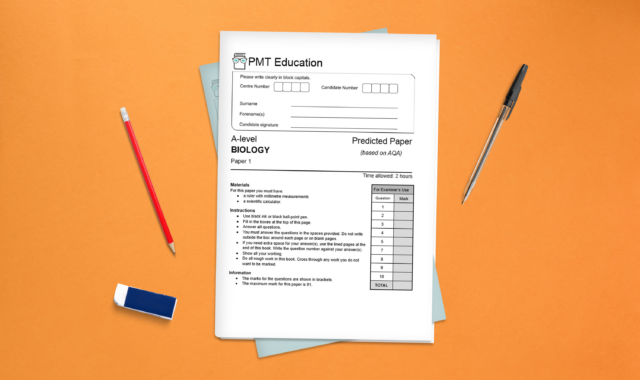Contents:
- Leaders must prioritise reading
- ALL staff must see the purpose of and have training to support reading and therefore, leaders must support their staff
- A wide and diverse selection of texts for students is a must
- Create a community of readers amongst your student body
- Check that your form reading culture is right
With my background as a History teacher, I am passionate about the importance of reading as a fundamental life skill that all children should be able to do. Students struggle to access History (particularly beyond Key Stage Three) if they cannot read at, or close to, their chronological age.
When I became Senior Lead for Literacy at my current school, my knowledge of reading and the how and why of teaching reading was limited. So, I have spent the past three years learning and hope that this article can inspire others to spread the message that we are ALL teachers of reading.
Reading is the key to accessing the curriculum. All subjects rely on student ability to read. Therefore, reading should be a priority for all curriculum areas, all middle leaders, and all teachers. Having recently analysed the reading level of a selection of GCSE exam papers, I was surprised to see that some questions (Physics and Geography) required the reading age of 17 years old. This is obviously going to hinder the ability of many students to access the question, never mind answer it! Therefore, secondary schools must do more.
We introduced a 20 minute daily reading session for all children in our secondary school two years ago, and we have learnt a lot about what works and what doesn’t. Results have shown that across all subgroups, students are making progress in their reading. Reading ages are assessed twice a year and show that students are benefiting from our daily sessions. As we begin our third year, we have learnt from our own mistakes and have listened to the students’ thoughts. This has enabled us to have a rigorous and impactful programme of form reading. Here are some key points from our journey:
Leaders must prioritise reading
Leaders of secondary schools must prioritise reading. And by prioritise, I mean through financial support, increased staffing support, increased professional development time, and continued dialogue about its importance.
In my opinion, every secondary school should have a school improvement priority of reading, every leadership meeting should agenda a discussion about reading, and senior leaders should also be involved in form time reading. If we all agree about the importance of being able to read as a prerequisite to become a successful human being, then we must invest in it.

ALL staff must see the purpose of and have training to support reading and therefore, leaders must support their staff
We may not be there yet, but we have certainly learnt that our staff are the key to success in form time reading. As leaders, we must give the time and share expertise in reading to empower and raise confidence in our staff.
We have designed bespoke support for ECTs to support them in teaching reading, assigned time on inset days to discuss the importance of reading across the curriculum, and offered one-to-one support with staff who are struggling. We have continued to highlight that we must model reading. As the experts in the room, we rely on our staff to model reading to our students. Therefore, we are working hard to support those staff who feel that they do not yet have the skills to deliver confidently. Support includes team teaching models, coaching, and peer observations.
A wide and diverse selection of texts for students is a must
Having conducted student voice, we found that the selection of texts that students had to read during this time was a key factor in engagement. When students related to the text, engagement was high. Therefore, we have mapped out texts to the wider personal development curriculum, made links to issues in our local context, and taken account of trending authors and titles.
Like many schools, finances are tight, so we set up a campaign to ask the community for support with reading books for our library. We created a wish list in which people could purchase books on our behalf to support our drive to improve the selection of texts in our library. This proved incredibly successful, not just for gaining books, but for raising the profile of reading and creating the conversations about why the texts were needed.

Create a community of readers amongst your student body
To help support engagement, we have enlisted the help of our student body to encourage others to read. We have a group of Reading Mentors who support younger students to read during form time reading, and we also have Reading and Literacy Champions who are part of the school student leadership team. This helps to raise the profile of reading and also helps to model our successful readers to the wider school.
Check that your form reading culture is right
Whilst I hate the term ‘monitoring’, there has to be an element of checking that what you want to happen in form reading sessions is actually happening. Because, if it isn’t, support must be in place. If standards start to slip and there is no longer a consistent culture of reading across the school, it is hard to bring it back.
Reading in form time should be given the same support as other curriculum time. Therefore, it is included in our culture walks across the school. As a leader of literacy, how do I know where and what support is needed? I conduct drop ins regularly and walk the corridor during form reading to ‘temperature check’.
Final thoughts, reading is the key to success, not just at school, but beyond. Everyone in education must support reading.







Comments